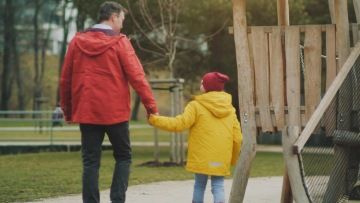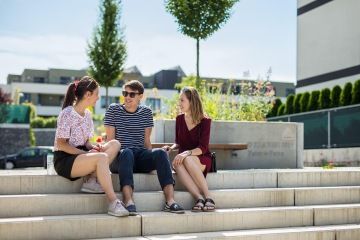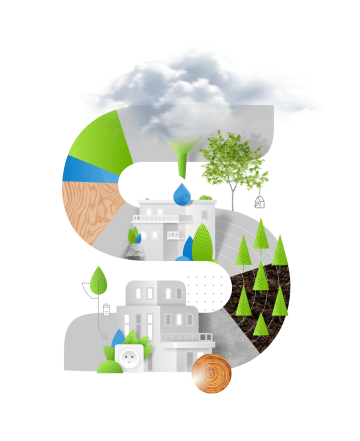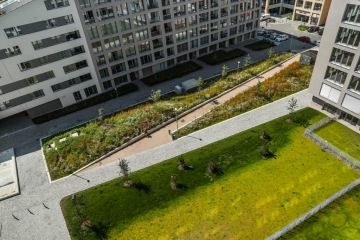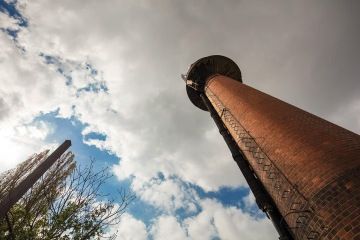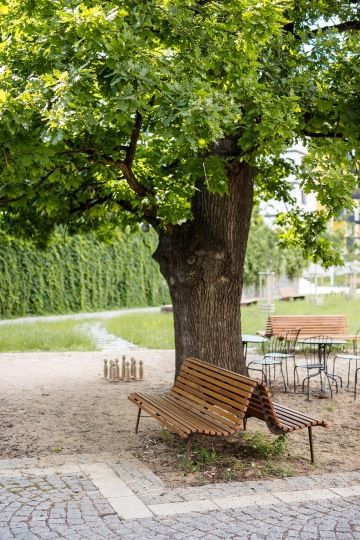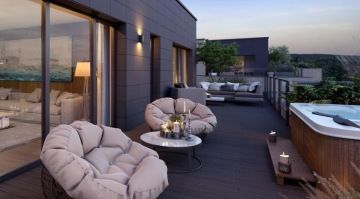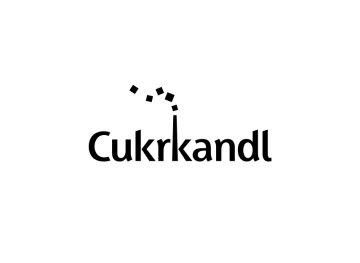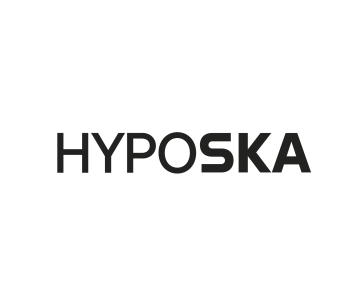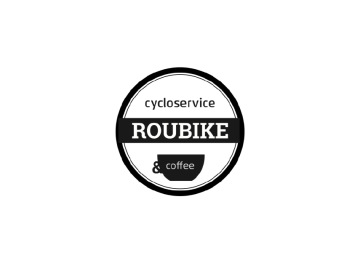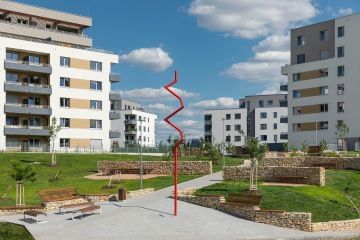03
Respect for natural resources
A respectful society can manage resources efficiently and sustainably, thus creating a space where future generations will be able to live happily and for a long time. Thoughtful use of natural resources, recycling, new technologies and care for biodiversity represent the future of our homes and residential construction.
04
Lasting value
Good quality architecture can be extravagant, but only where it serves a higher purpose. Investing more up front in acquisition costs ultimately reduces operating costs. Good architecture is not afraid to choose high-quality materials even in places that are not so visible, preferring a higher standard of design.
